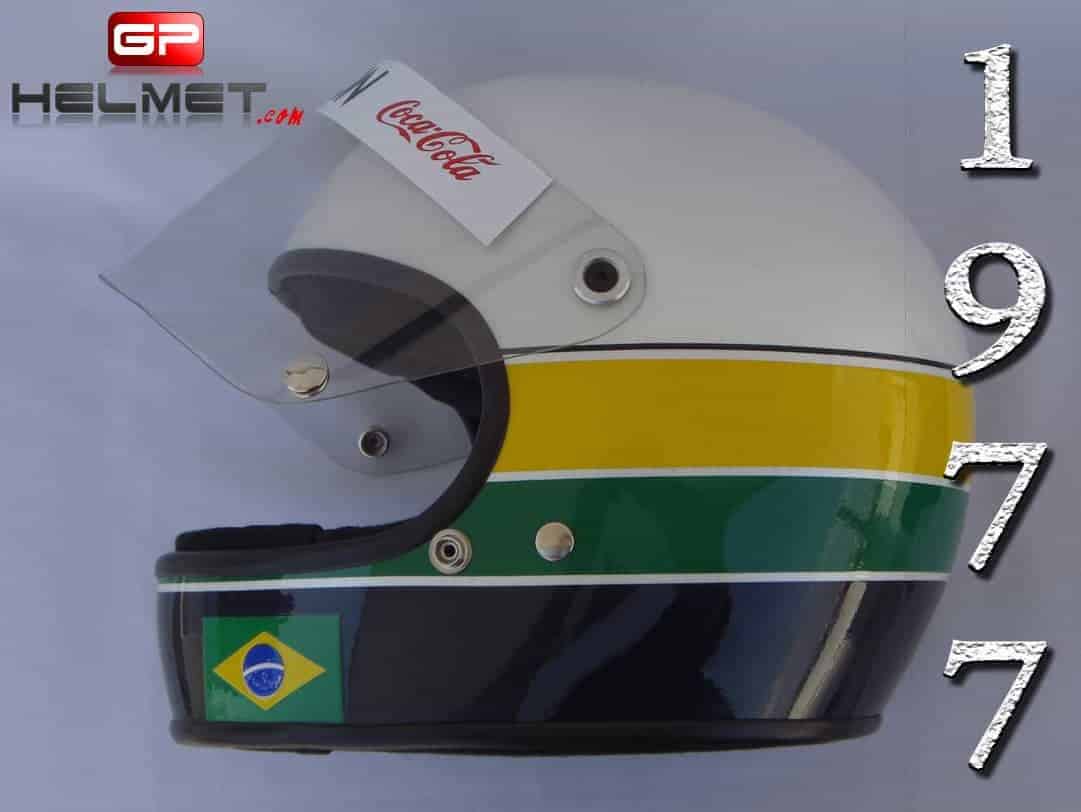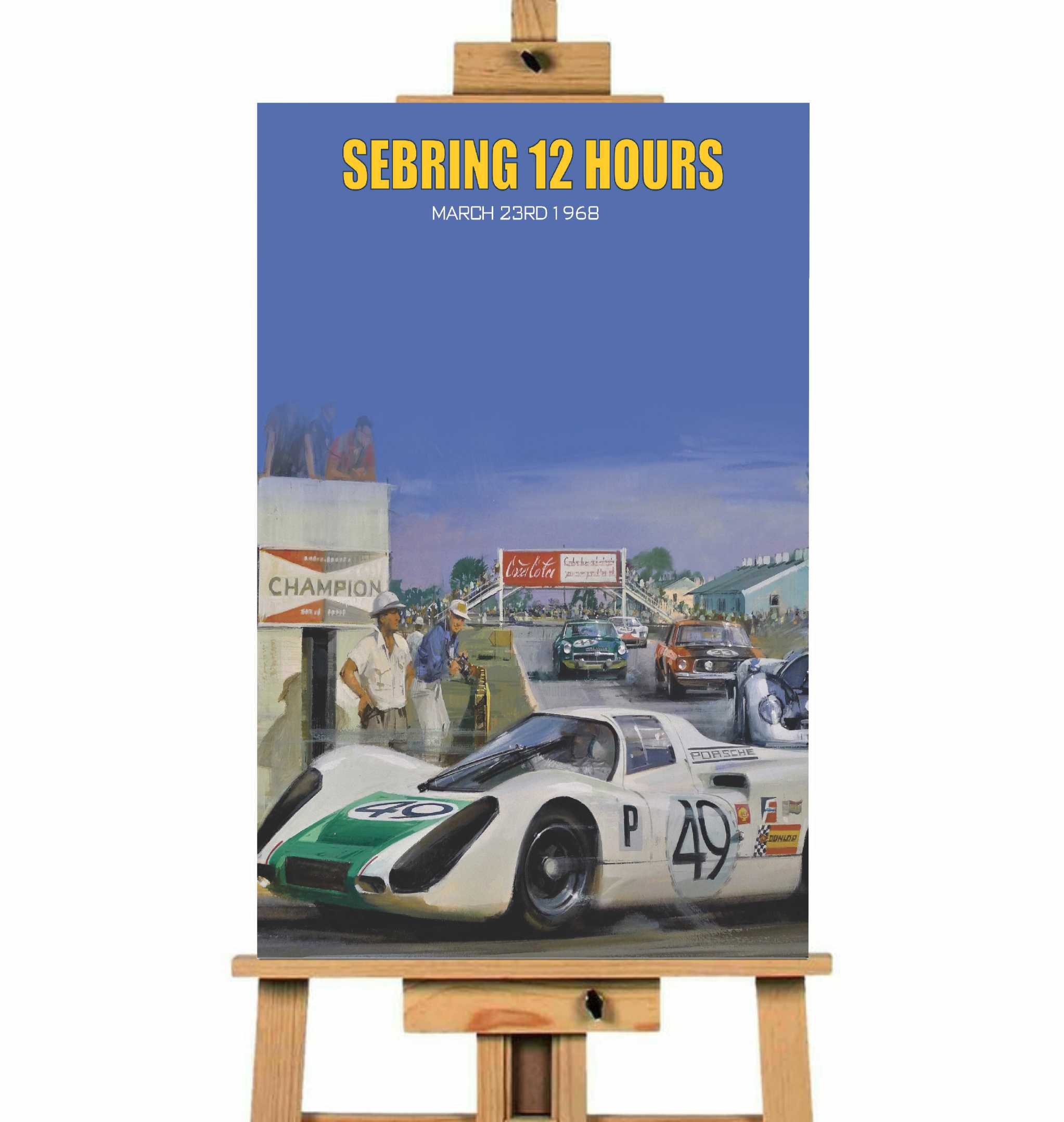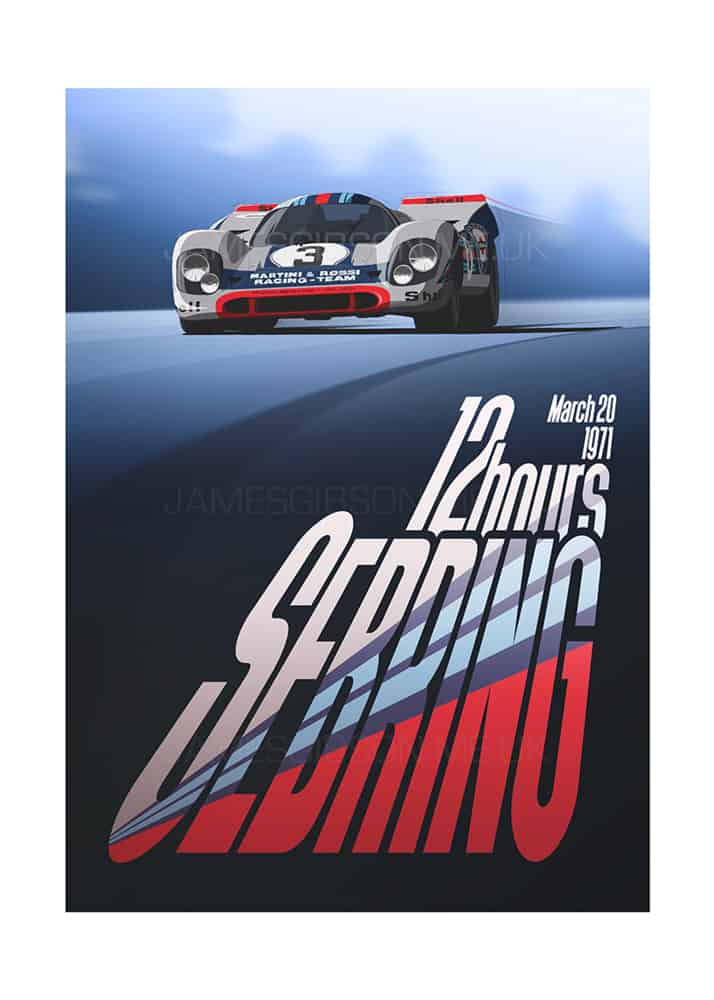The East African Safari Rally has been the preserve of Japanese factories for quite a long time. It is in Africa that the constructors from the Land of the Rising Sun have acquired their legendary reputation of producing strong and reliable cars.
African tracks are undoubtedly the perfect test for a car's reliability. The Japanese had understood this for a long time. Further on, among the European manufacturers to have taken an interest in this continent there was first Citroën, which from the beginning of the last century organized crossings and expeditions in Africa as well as in Asia with convoys composed exclusively of all-terrain vehicles produced in its factories. Citroën later entered rallying and had several of its models raced in prestigious African rallies such as the Safari.
Peugeot also embarked on the African rally adventure by entering some of its models such as the Peugeot 504. The reputation of the Sochaux factory in Africa ended up equaling that of Toyota or Nissan (previously known as Datsun) or even Mitsubishi, especially in French-speaking Africa where the name of the French manufacturer was famous for its curious local pronunciation, "Pee-jotte", which referred to these famous French pick-ups so popular in this part of the world.
Before the Paris-Dakar rally became the phenomenon we know, the reputation of the toughest rally in the world went to Kenya's East African Safari. This is where the legends of these daring builders are forged. The race is renowned for its difficulties with muddy track conditions when it rains and rough, often very dusty roads, overcoming a lot of mechanics. The danger is constant there because of the untimely presence of wild animals and also many domestic animals as well as the local buses filled with travelers and luggage. Because this rally, unlike most of the other events of the WRC, took place on roads open to traffic including very long selective sections where speeds up to 200 km/h were easily reached on long straights and fast sectors.
In the 21st century, the Safari after losing much of its soul to comply with the formatting of the FIA WRC rules, ended up being sidelined from the international calendar. Its return to the official world championship was slated for 2020, but the political and bureaucratic restrictive measures taken to slow the coronavirus epidemic spread around the world ended up delaying this return until 2021.
Meanwhile, as the Safari rally withdrew from the WRC calendar, a historic version of the race took over, the SAFARI Classic Rally keeping the soul of this epic race alive.








































